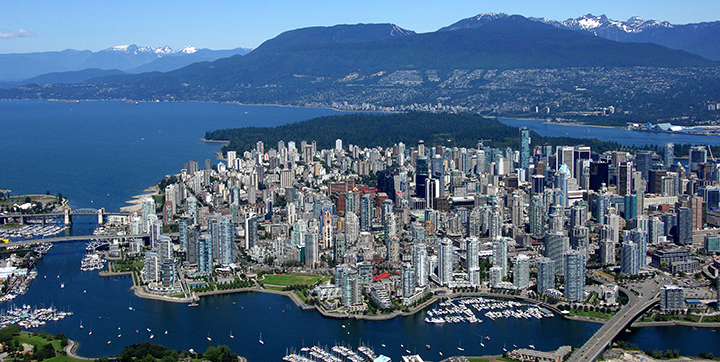
Share article:
Tags:
At Mindtech we believe a smart city, at its core, is designed to improve the lives of its citizens and drive sustainability through technology. The streets we use and the homes we live in are adapting to people’s needs, becoming safer, more efficient, environmentally friendly and inclusive.
Four in five journeys made by Londoners, for example, happen on our streets. They are at the centre of how we move around and connect. How we use them and how they are designed is increasingly down to data.
What links all of these city features together? From air quality and traffic sensors to autonomous vehicles and mobile phones, the Internet of Things (IoT) is connecting all of these various devices, allowing them to communicate with each other and form an interconnected source of data.
This hub of data is exponentially expanding, but this growth can lead to data bottlenecks that hinder operations and lead to scaling issues. Real-world data alone cannot carry the burden. That’s where synthetic data comes in.
The role of synthetic cities
Real-world data is still fundamental for training computer vision and AI models. However, combining both real-world and synthetic data is the ultimate mix for successful innovation. Synthetic data allows us to fill in the gaps, ensure data privacy and scale much more widely. The more data generated for any edge case required, the greater the potential to deliver datasets that accurately resemble the real world.
Mindtech’s Chameleon and Dolphin platforms provide innovative solutions for these advancements. Chameleon seamlessly integrates and analyses data from diverse sources, empowering urban planners to streamline traffic, boost energy efficiency, and enhance overall infrastructure. Meanwhile, the Dolphin Data Analysis Platform equips city administrators with in-depth insights through advanced analytics.
A connected future
The more data we have to hand, the more we can understand the relationships between our homes, streets, devices and how we travel.
There are real-time sensors detecting street objects, monitoring pollution levels and providing data on waste management and energy efficiency. Buses communicate with bus stop signs, mobiles and maps to create a connected web of live travel information. Data is gathered on how this affects accessing local support services, businesses and bookings in restaurants and accommodation. The appeal of our streets also has a direct impact on our homes. For example, how do our public spaces affect how long people stay in and therefore how much energy they use?
For these systems to be trained effectively, they need exhaustive data supplies that can test a whole range of scenarios. With synthetic data, they are set up to deal with any data anomalies and rarer edge cases such as extreme weather and traffic incidents. It provides a wealth of data needed to deliver an increasingly connected future that can be scaled widely and enhance our daily lives.
A smart city depends on data to meet its goals. And real-world data of course remains integral to operations. But despite an abundance on offer, there can be problems with physically accessing enough of it and testing alternative real-world scenarios. The qualities of synthetic data can allow us to replicate the real world, helping us to transform urban living and even predict future needs. The more data-driven our cities, the smarter they can serve their citizens.
Continuing the conversation
To continue our discussion on smart cities and synthetic data, our CRO James Hill, attended the Smart City Expo in Barcelona from the 7th-9th of November 2023.
The Expo is the world’s biggest and most influential event on urban innovation. It brings leaders from the most innovative companies together with governments to advance cities toward a better future.
Synthetic data is vital to the development of smart cities and we enjoyed discussing its capabilities further with industry leaders.

